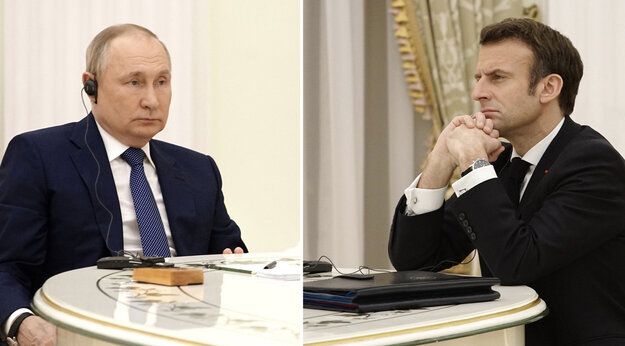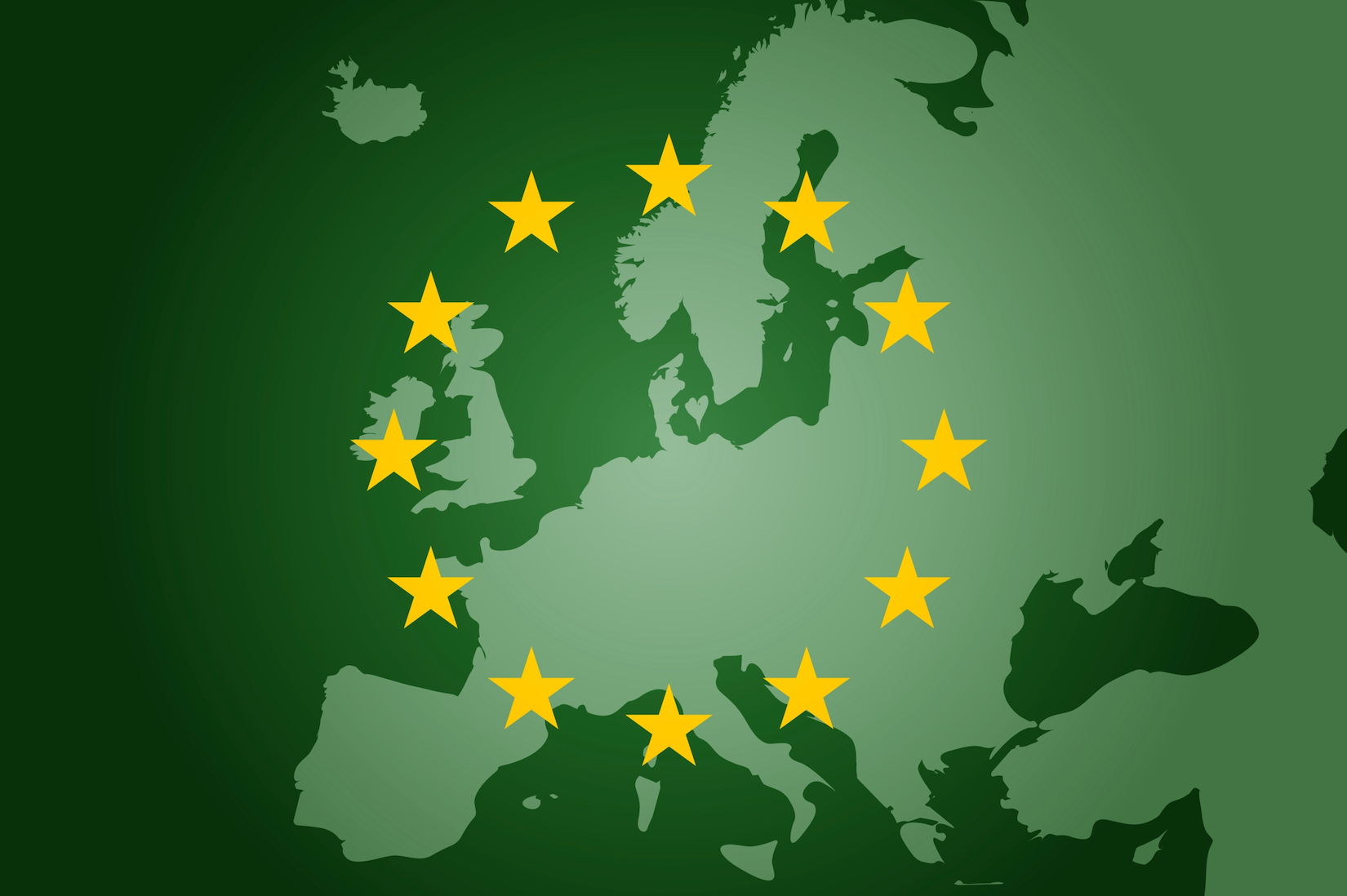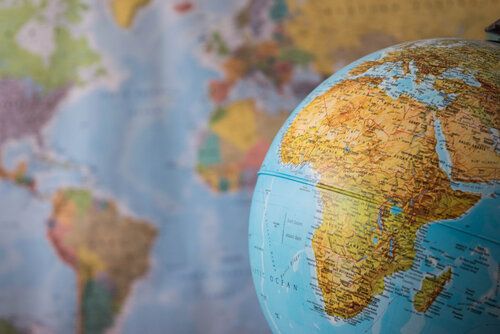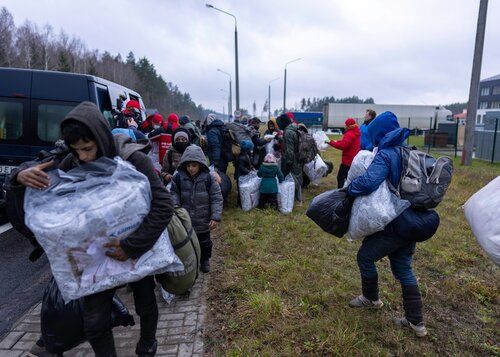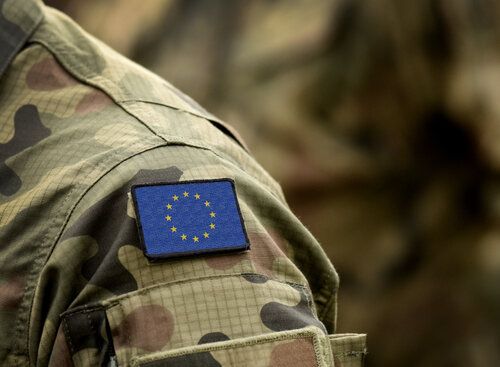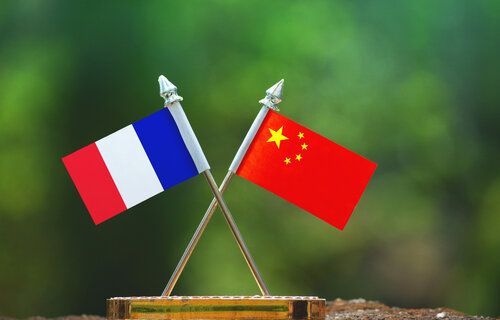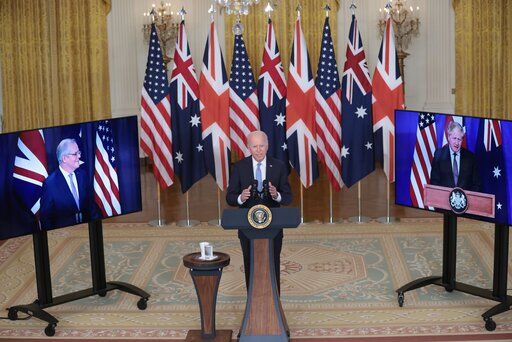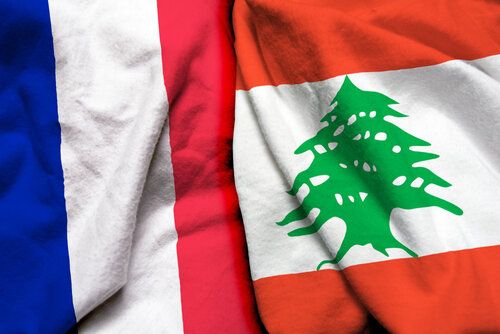Several risks and vulnerabilities must be taken into account with regard to our ability to decarbonize the French and European economies, while guaranteeing democratic support for transition, security of supplies, and industrial competitiveness. Russia’s invasion of Ukraine and the energy crises exacerbated by the sanctions, Russia’s reactions, and those of market players are propelling Europe into a new era of fundamental upheavals and heightened risks. The current priority is to ensure the resilience of energy systems and the security of supplies in very unfavorable conditions, while accelerating transformations toward a low-carbon system.
The Impacts of the Russian Invasion of Ukraine
Although Russian supplies of hydrocarbons (gas, coal, and oil) have not yet been directly affected by sanctions or Russian reactions, we must prepare for every eventuality, including physical interruptions of supply chains, whether partial or total, and cyberattacks. Prices could still rise sharply, and physical availability could be hampered. A gasoline price of 3 euros per liter is likely, as is an exceptionally high gas price. The priority is to act on the demand side, by preparing information campaigns on energy savings and implementing speed limits on European roads. It is also necessary to act on the supply side, by mobilizing all possible sources of production, including coal-fired power stations and nuclear power plants that are scheduled for closure or even already closed, as in Germany. As for gas, the priority is to ensure that stores can be amassed for next winter at all costs, and that liquefied natural gas (LNG) is available year-round for Europe.
Security of Electricity Supply Requires a Big Bang from Investments
Just when European countries are bringing forward their coal exits (Germany by 2030) and some are doing the same with nuclear power, dispatchable energy production capacity is diminishing and the overcapacity in generation that Europeans have enjoyed will soon disappear. Renewable energy sources are intermittent. As such, the more widely they are deployed, which will be the case following the acceleration expected in Germany in particular, the greater the intermittency in the electricity system. It will eventually be possible to roll out supply-side and demand-side flexibility technologies on a large scale. Before that, however, there is an urgent need for dialogue and concrete measures to guard against the risk of blackouts in Europe from winter 2022 onward, if Germany closes down its three last remaining nuclear reactors. We also need to scale up and accelerate the deployment of renewable energy and allow private actors to invest in large-scale projects, which means removing all existing obstacles.
Opposition to Nuclear Energy Must Give Way to the Conquest of New Markets
Germany, Austria, and Luxembourg are strongly opposing nuclear energy for reasons of political culture, industrial interest, and societal opposition, just at a time when Europe has an imperative need to prevent its nuclear electricity production base from being eroded, so that it can decarbonize its electricity sector and ensure the security of supplies. The nations of the Baltics and Central Europe, plus the Netherlands and possibly Sweden, nevertheless plan to develop their civil nuclear programs to compensate for the closure of their coal-fired power plants. Competition with the United States and South Korea is – and will continue to be – fierce in these markets. It is in France’s interests to continue striving for a taxonomy that ringfences nuclear power in the 21st century and for a regulatory approach favorable toward state aid, and to focus on the Euratom Treaty. Ultimately, France will need to position itself in these markets, develop win-win partnerships with these nations and their industries, and, above all, bring about sustainable cooperation with the North American and British industries and regulators so that small modular reactors (SMRs) can take off. This challenge must be tackled in a way that complements industrial strategies linked to other low-carbon technologies: batteries, offshore wind energy, solar energy, carbon capture and storage, digital solutions, and electrolyzers.
Cybersecurity of Energy Systems
Cyberattacks on energy infrastructures now pose an extremely high threat. The attacks on Ukraine and on some energy systems in the United States in recent years attest to this. The challenge is to ensure that current rules and standards are leveled up and to strengthen European and transatlantic cooperation as well as deterrence measures.
Carbon Leakage and Protecting our Industries against States That Use Subsidies and Do Not Have Carbon Taxes
The European Union is set to reduce free emission allowances in its carbon market, the Emission Trading Scheme (ETS), and the price per ton for carbon dioxide (CO2) in the ETS approached 100 Euros before dropping due to war in Ukraine. The risk is that our businesses will pay an ever-increasing amount for pollution but will not have the time or the resources to invest in modernizing and decarbonizing their tools, while other players outside Europe, not bound by the same restrictions, will take advantage of this to export their products to Europe at lower prices. Moreover, our industries that cannot compensate for carbon emission charges by productivity gains might well close or move abroad. Several tools can be employed against these risks: the carbon border adjustment mechanism, which is incomplete in its current form and, in even the most optimistic scenario, will be put in place quite late; trade agreements, which should have their environmental and climate components strengthened (which implies not moving forward with the MERCOSUR or Australian deals and revisiting existing ones); subsidies or aid for businesses to enable them to invest in decarbonizing their operations; genuine visibility for the trajectory of carbon prices as a result of floor and ceiling prices; and regulation on the carbon and environmental footprint of products like cement and steel that will favor European industries in the process of transformation. This approach must go hand in hand with a wider industrial strategy of supporting and protecting European low-carbon technology industries by promoting products labeled as Made in France or Made in the EU, in particular through criteria based on carbon footprint.
Security of Supply of Critical Metals and Rare Earth Elements Is Still Overlooked
Global demand for most of the metals and minerals used in digital and low-carbon technologies is growing, to such an extent that there will very probably be a supercycle with demand far exceeding supply for a long time, with significant inflationary pressures on prices. This would raise the cost of these technologies and increase the risk of dependence on countries or businesses that are not governed by the rules of the Organisation for Economic Co-operation and Development (OECD). In particular, dependence on China for the extraction, refining, and sale of several critical metals and rare earth elements is generally high, sometimes even total, and dependence on Russia will also become an issue. It is essential that these value chains are sustainable and responsible. Responses to these challenges are required at all levels: at the national level, with strategic reserves and efforts to innovate; at the European level, with mining partnerships supported by significant funding, finance for European mining industries and projects in Europe and abroad, mining diplomacy, and a long-term recycling strategy; and at the global level, by establishing an International Metals Agency, which could be linked to the OECD and the International Energy Agency. Its mission would be to increase expertise and transparency in the markets, define good practices and common standards, and maintain dialogue with all the actors in these value chains.

